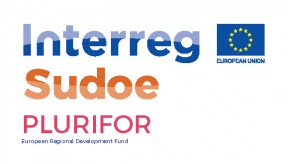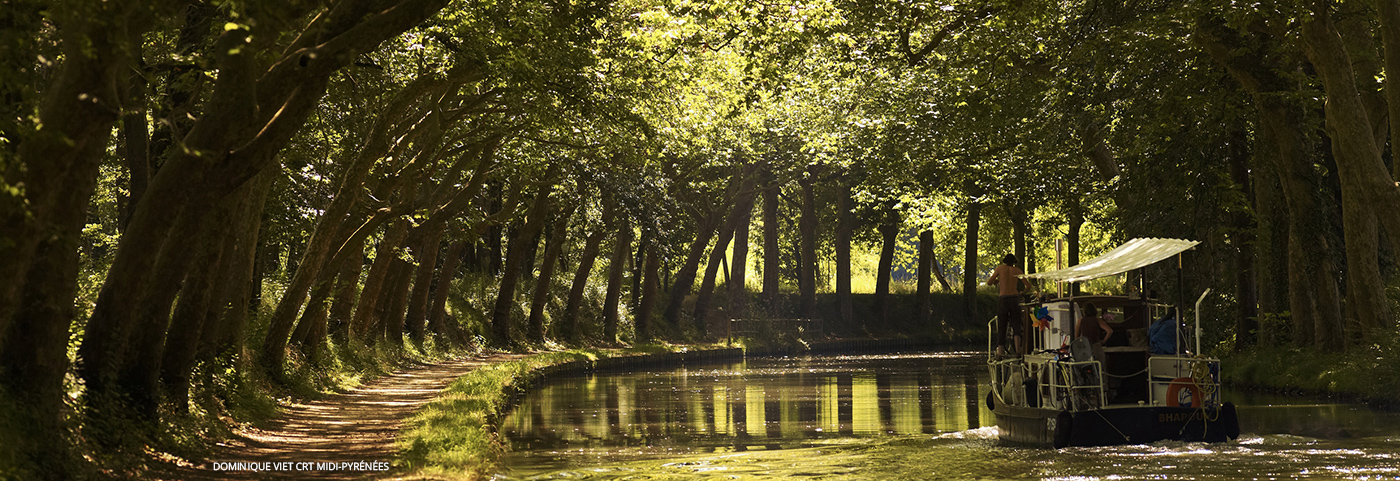
PLURIFOR
Transnational risk management plans for rural forest areas sensitive to biotic and abiotic risks

Axis 4 Combating climate change
Objective 5b1 Improving the coordination and effectiveness of prevention, disasters management and rehabilitation tools of damaged areasImage gallery
- Drought
- Soil erosion
- Forest fires
2. Institut National de la Recherche Agronomique. UMR1202 BIOGECO FR
3. Instituto Superior de Agronomia PT
4. Instituto Nacional de Investigação Agrária e Veterinária, I.P. PT
5. NEIKER-Instituto Vasco de Investigación y Desarrollo Agrario, S.A. ES
6. Fundación Hazi Fundazioa ES
7. Union de Selvicultores del Sur de Europa, AEIE. ES
8. Instituto Galego da Calidade Alimentaria. Centro de Investigación Forestal / Lourizán ES
9. Tecnologías y Servicios Agrarios, S.A. Subdirección de Medio Ambiente, Pesca e Ingeniería. Gerencia de Desarrollo Rural y Política Forestal ES
10. Universidad de Valladolid. Departamento de Producción Vegetal y Recursos Forestales. Escuela Técnica Superior de Ingenierías Agrarias ES
11. Fundación Centro Tecnologico Forestal y de la Madera ES
Project summary
Woodland covers over 30% of the surface area of France, Spain, and Portugal and represents a rural space that is highly sensitive to multiple dangers (plagues, disease, storms, and fires) that go beyond administrative frontiers. The objective of PLURIFOR is to mitigate the consequences of these dangers by creating or improving management plans in Spain, France, and Portugal. From a transnational perspective the project will organise training events and the exchanging of experiences and will develop innovative shared forest management tools; it will also involve citizens in the assessment of the results.
Participating regions
- Aquitaine
- Castilla y León
- Comunidad de Madrid
- Galicia
- Lisboa
- País Vasco
- Principado de Asturias
Estado de avance del proyecto
PLURIFOR responds to health and organizational problems linked to Sudoe forests by offering risk management plans and adapted technical instruments. For this, it has focused on 8 problems of the forests in the area: storms, fires, soil degradation, pine nematode, cynips (¿) chestnut, eucalyptus weevil, pine canker, devastating and exotic or emerging pathogens.
Among its activities, PLURIFOR has carried out:
- An analysis of the missing instruments in the existing forest risk management plans and the identification of missing plans. To this end, immersion activities were carried out in agencies responsible for managing forest risks. Thus, it has been possible to analyse the strengths and weaknesses of current risk management methods. The data were categorized depending on whether they apply to a specific region or more globally.
- An improvement of management plans and existing instruments.
- A test of the improved or elaborated risk management plans to evaluate their effectiveness in an operational context, with different forest users.
- The validation of these plans through workshops aimed at a general public.
Thus, PLURIFOR has developed 13 plans and 27 instruments for forest risk management. On the other hand, the project has diversified the risk management instruments used locally, based on the adaptation of instruments used in other regions. For example, maps of fuels and fire hazard areas were created for Asturias, drawing on Basque techniques. On the other hand, the project has encouraged citizen participation, creating a “Silvalert” application that allows citizens to report damages in forestry areas and send a notice to the competent authorities.







